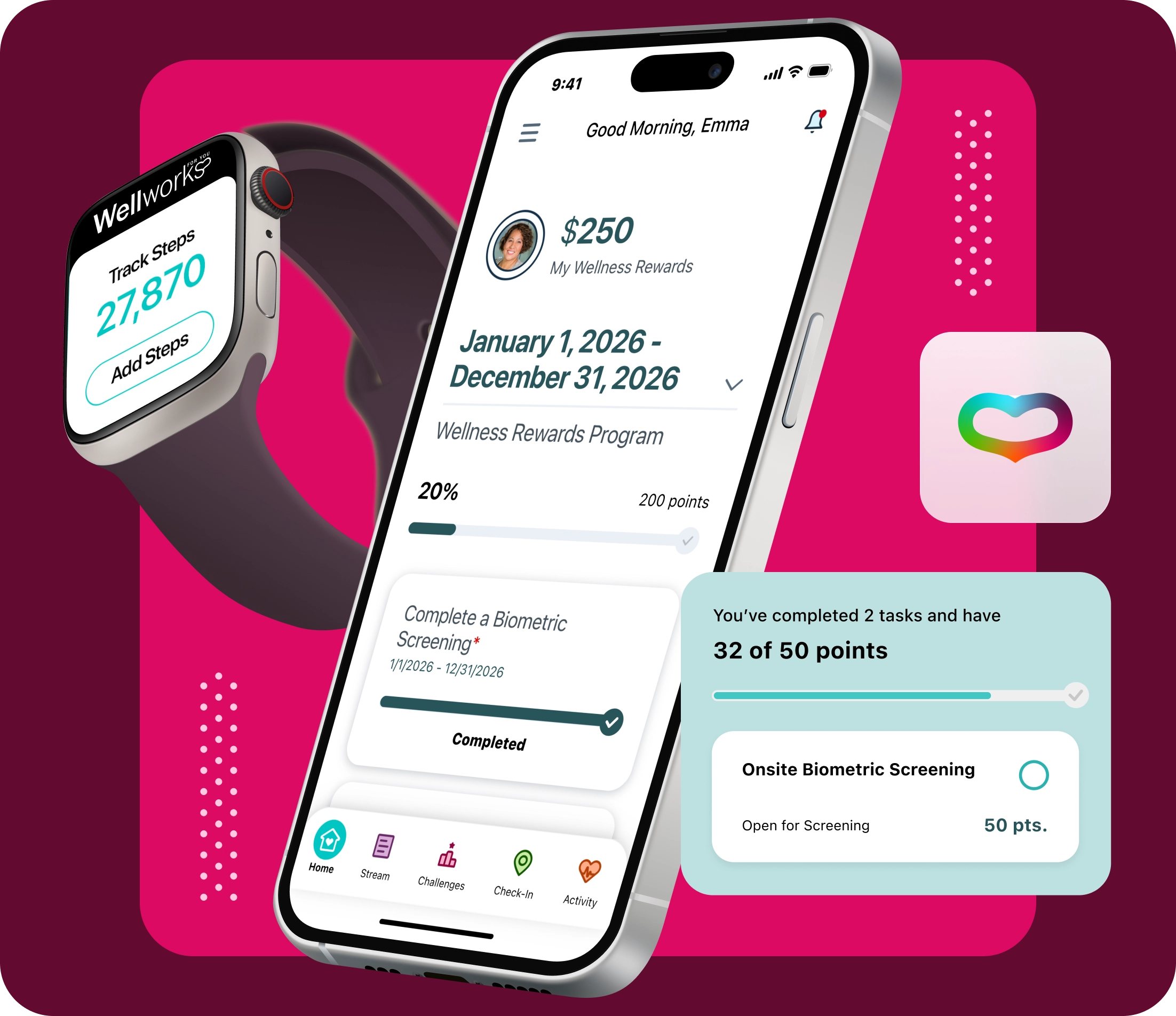
Learn more this November about Pancreatic Cancer*
How familiar are you with pancreatic cancer? Pancreatic Ductal Adenocarcinoma (PDAC) is not discussed as often as other cancers, but is the 11th most common cancer that impacts over 60,000 Americans each year. Although it is currently not as prominent as other diagnoses, it projects to become one of the top leading causes of death by 2030. Take some time this November during Pancreatic Cancer Awareness Month to gain awareness, become informed, and find ways you can get involved.
What is Pancreatic Cancer?
The human pancreas is an organ that sits behind the stomach. There are two important types of cancer diagnosis to understand. Most pancreatic cancers are exocrine cancers. This means that exocrine cells in the pancreas start to grow out of control. Another less common type of pancreatic cancer involves Pancreatic Neuroendocrine Tumors, which start in the endocrine cells of the pancreas. These cells make up a smaller percentage and produce important natural hormones, such as insulin and glucagon.
Who is at risk of Pancreatic Cancer?
Both types of pancreatic cancer have very different outcomes and treatments. Although true causes are still generally unknown, awareness surrounding the risk factors is the first step towards prevention. Roughly 10% of cancer cases are considered hereditary, but most cancers are caused randomly or through external factors. Individuals who have the following risk factors are more likely to develop pancreatic cancer.
- Long-standing diabetes
- Chronic and hereditary pancreatitis
- Smoking
- African-American or Ashkenazi Jewish ethnicity
- Over the age of 60
- Males slightly more likely than females
- Diets high in red and processed meats
- Obesity
Although research has produced encouraging recent developments, diagnosing pancreatic cancer can be challenging without the availability of universal standard testing. That’s why it is important to discuss any changes in weight, nausea, stool, or appetite with your doctor. Through the use of different image screenings, as well as tissue samples, doctors can make a proper diagnosis.
Find ways locally to get involved, including volunteering, being an advocate, or organizing an event. With only a 10% five-year survival rate after a pancreatic cancer diagnosis, now is the best time to get the word out.
Sources:
https://www.pancan.org/facing-pancreatic-cancer/about-pancreatic-cancer/
https://www.cancer.org/cancer/pancreatic-cancer/about/what-is-pancreatic-cancer.html
Ready to Get Started?
To learn more about what Wellworks for You can offer, please fill out this form and one of our trusty team members will be in contact with you shortly. We can’t wait to meet you!





